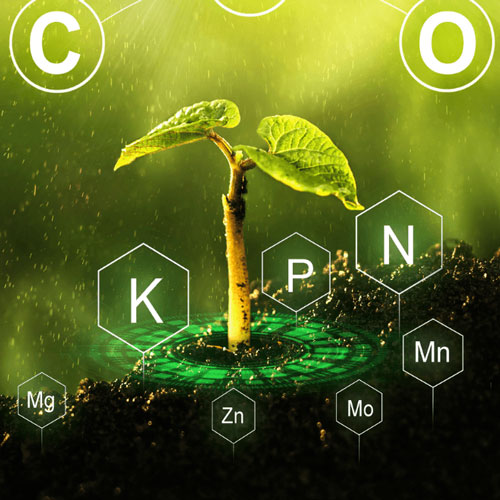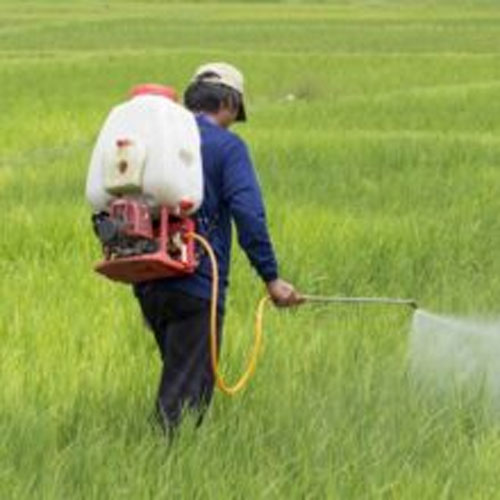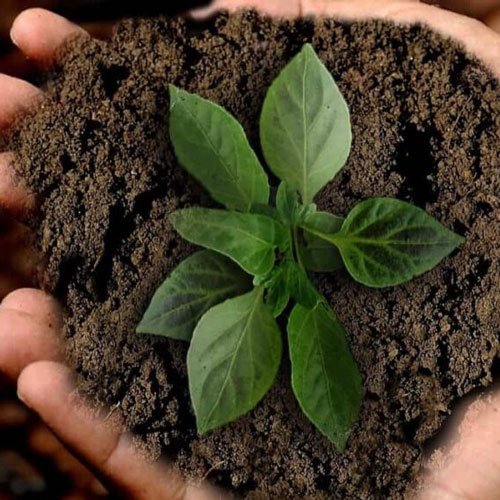A growing global population is placing ever greater demand on farmers to boost crop production while minimizing detrimental impacts on the environment. One such technique for enhancing both productivity and sustainability are Plant Growth Regulators, or PGRs for short.
What are Plant Growth Regulations (PGRs)?
Plants Growth Regulators (PGRs) are chemical agents that modify the growth and various phenomena of plants. They may assist farmers in regulating the total growth of the crops, improving their ability to withstand stress, and increasing the potential for production of the final product. In modern agriculture, PGRs or Plant Growth Regulators, have become integral in ensuring proper crop cultivation, management of its yield as well as quality. These are chemicals that can either be obtained from nature or synthesized which affect the physiological activities of plants such as germination, flowering, development of fruit and their ripening. Development of PGRs enables farmers to use the means of plant growth promotion for achieving the relevant agricultural objectives of enhanced productivity and better crop uniformity.
Discovery of Plant Growth Regulators.
The discovery of Plant Growth Regulating substances came to be is a beautiful mixture of biology, chemistry, and agriculture. It started with primitive people noticing cuttings’ responses and changed to the chemical understanding of the factors that control the growth and development of a plant.
One of the earliest discoveries in PGRs was made during the late 19th century when Charles Darwin and son Francis studied the behavior of canary grass seedlings which exhibited phototropism, the movement towards light. How luminescence was bent, by the moving shoots, was later observed to be deeper within the plant and that the seedlings tips were in fact more towards light, growing towards it and sending out impulses to the region where plants grow. This prompted the idea of a moving center within the plants, the auxin, which is the first known chemical messenger known to regulate growth.
In the first half of the 20th century, Frits Went successfully separated auxin and was among the first to work with it in isolation in his Avena curvature experiment. He showed that if a plant or crop was injured at the tip of plant shoots, the damaged part could move in a liquid agar causing all plant cells to stretch. These instances inspired research into new methods of targeting plant regulators and plant physiology for different agricultural processes.








